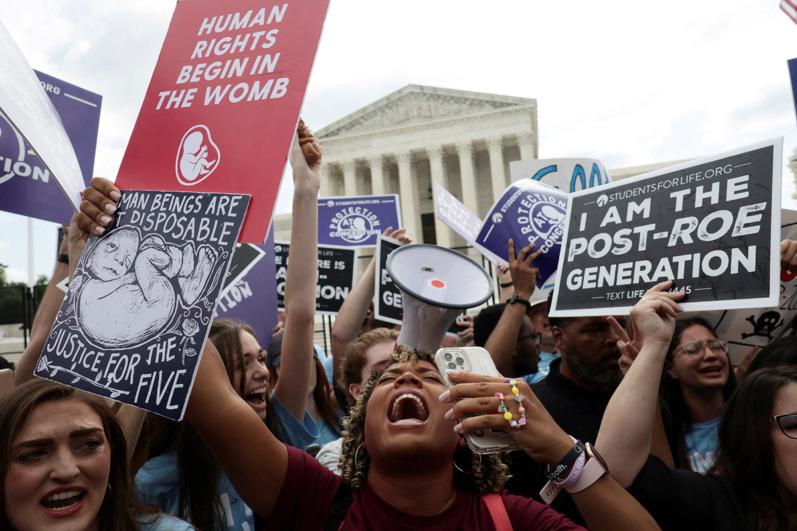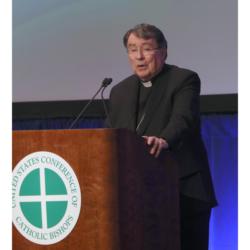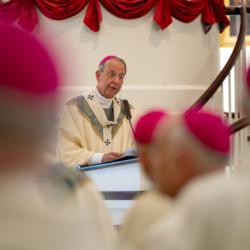Two years after Dobbs
Two years ago, the Supreme Court vindicated the right to life by reversing a 1973 ruling which abruptly asserted the existence of a constitutional right to abortion that no one had ever previously heard of. Suddenly a new day dawned for the defenders of unborn human life in America.
So how do things stand after two years?
If anyone had imagined the Supreme Court's 2022 ruling was its final word on abortion, he or she surely knows better now. While reversing Roe v. Wade's gratuitous bestowal of constitutionally protected status on abortion, the decision opened a whole new chapter in the abortion wars.
Last month, the court underlined that by two actions disappointing to prolifers as its term drew to a close.
First, in an unsigned order, the court said it acted prematurely in agreeing to hear a challenge to a restrictive Idaho law on abortion, returned the case to the Ninth Circuit U.S. Court of Appeals for argument, and meanwhile left standing a lower federal judge's ruling against the law. Prolifers had hoped the Supreme Court would uphold it.
In the second case, the high court ruled unanimously that prolife medical groups and physicians who had brought suit to make distribution of the abortifacient drug Mifepristone more difficult lacked legal standing inasmuch as they themselves had not suffered any tangible injury.
Prolifers still have the option of pursuing the matter if they can find a suitable plaintiff -- such as (and purely for illustrative purposes) a pharmacist who lost his or her job for refusing to fill prescriptions for Mifepristone. The drug was used in 63 percent of all known abortions in the United States last year.
So much -- for now -- for the Supreme Court. The justices are currently on their summer break and will resume work next Oct. 7. Meanwhile prolife groups need to do some strategic rethinking in light of new numbers concerning laws and public opinion on abortion.
Overall, the situation looks like this.
Fourteen states have total bans on abortion. Twenty-seven states ban abortions before some designated point in pregnancy -- 18 weeks or earlier in 20 states, some point after 18 weeks in seven states. And nine states plus the District of Columbia place no time restrictions on the performance of abortion by whatever means.
Public opinion on abortion presents a disturbing picture. According to the Pew Research Center, a generally reliable source of such data, 73 percent of white Evangelical Protestants hold that abortion should be illegal in all or most cases while 86 percent of the religiously unaffiliated -- a group growing in numbers in recent years -- say it should be legal in all or most cases.
Among other groups, percentages favoring legalized abortion are: Black Protestants -- 71 percent, White nonevangelical Protestants -- 64 percent, Catholics -- 59 percent. Pew doesn't break down the Catholic number, but other polls have found self-identified Catholics who seldom or never attend Mass twice as numerous as Catholics who attend weekly or more often. It's a safe bet that those non-attenders generally support legalized abortion while the attenders generally oppose it.
Strategy? The pro-abortion strategy is clear. Fight laws restricting abortion in legislatures and courts, including the Supreme Court. Get the issue on the ballot in November wherever possible. Count on support from generally pro-abortion media.
Does the prolife movement have a comprehensive plan for addressing this difficult situation? It should. They got what they wanted -- the overturning of Roe v. Wade. But that has opened a new era in defending the unborn. And don't expect the Supreme Court to do it all.
- Russell Shaw is the author of more than twenty books. He is a consultor of the Pontifical Council for Social Communications and served as communications director for the U.S. Bishops.



















